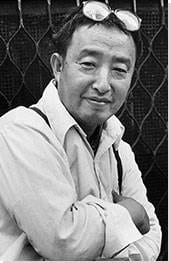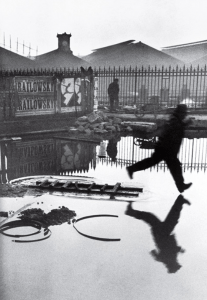Who is the practitioner (what is their name?) and when were they practising?
View this post on Instagram
Jason Chow – a Hong Kong Youtuber who started his career since 2012, mainly uploading videos related to gaming and video blogging. He was the first Hong Kong Youtuber who achieved 1 million subscribers. Whilst he owns 234 thousand Instagram followers which he utilises the platform to engage and interact with his fans and audiences by sharing his daily livings or some personal opinions through the platform. Jason signed up to Instagram in 2013 and had his first post and the first video on 17 September 2013 and 13 July 2014 respectively. Recently, it is discovered that there are sponsored ads on his Instagram.
What is the title of the photo or video you have chosen to analyse (can you provide a link?)
From the enclosed caption of the video, it is identified that he titled the video as ‘Breakfast’ (早餐), yet there is no further description made by him about this ‘breakfast’.
With the photo or video, you are examining when was it produced (date)?
The video was published on 21 April 2020 at 8 pm. However, it is certain that he produced the video during the daytime as there was sunlight shown in the video clip, though it could not be proved whether he really filmed the video during breakfast time.
How was the photo or video authored?
From the style of his published photos and videos on Instagram, it can be conjectured that his video was authored by his phone by just holding it on hand, as the video was shown to be a bit shaky. Comparing the video he authored on Youtube, it was higher quality in terms of the video’s stability, resolution and structure, indeed, the videos were being edited in colour saturation, the transition between footages and some animations were added. These elements could not be discovered in his video clips published on Instagram, which gives proof that this video was simply filmed by his phone camera and published to Instagram during his free time. Also, he mainly exploited Instagram as a tool to share his daily livings to his friends, fans and audiences like normal individuals will do, yet, the video was a record of his life that maybe he suddenly wanted to film his ‘breakfast’. So, this video lasted less than one minute that he did not need to put so many efforts as he did on Youtube. This gives evidence of Jason authored this video with a simple act of holding his phone and press the ‘red’ button to record it.
How was the photo or video published?
Given that smartphones nowadays made people easy to share a video that does not require them to upload the video to the computers before sharing (Halpern, M. and Humphrey L, 2016 p.7), people could simply press the ‘share’ button through their smartphone gallery or archived from Instagram, they can publish the photo. It can assume that Jason also shares his video through this way as it is the most convenient way to share his daily to his followers.
Comparing the first video he published to Instagram in 2014, the video at that time was in a lower resolution and it was not so common to use a smartphone to record a video. Therefore, from the reflection of the video, it can be seen that he used a camera instead to film then upload it to the computer and transfer it to his phone and publish. He mentioned on his one of his Instagram posts that he did not use Instagram often, so comparing now he did not need a convenient way nor efficient way to share his livings with his followers. In contrast, the ‘breakfast’ was in a higher resolution and the device he had in the present allows him to publish the video in a more convenient way.
How was the photo or video distributed?
Regarding his large group of followers on Instagram, his followers were able to like, comment and share his video, it allows Jason to engage with his followers. Indeed, the nature of Instagram also allows his video to be found in the ‘search’ page when his video had gained a great exposure, this makes his video could be further distributed on the platform. Also, the comment and share function provide a re-distribution of the video by his followers, making his video to be distributed widely on Instagram. However, there are some limitations, as Jason is a Cantonese Youtuber that he is more active and popular among teenagers (24 years old or below) in Hong Kong, which leads that his video re-distribution by Instagram is only limited in Hong Kong and in a younger age group.
Additionally, Jason employs Instagram as a tool and channel to promote his Youtube video by publishing a short scene from his Youtube video, so as to attract more potential viewers to boost up his views of his Youtube video. With his sizable group of followers, it allows his followers to share the short clip of his Youtube video to their friends and share among the platform, thus to enhance the distribution of the promotion.
Contrastingly, Jason’s Instagram posts were ordinary despite he is a celebrity in Hong Kong, he did not put many edits on every post which was like what normal Instagram users will do. Unlike Agnes from last week’s blog, there both are a celebrity but they have extreme differences in the style of using Instagram. In my opinion, I think this is because both of them have a different purpose in using Instagram:
Jason: use it to instantly share his daily livings and opinions, along with his occupation his full-time Youtuber.
Agnes: for sponsored ads (beauty & fashion), image building through sharing her daily livings, as she is a social influencer that managing social media platforms like Instagram is so crucial to her.
References
Halpern, M. and Humphrey L. 2016, ‘Iphoneography as an emergent art world’. New Media and Society, Vol 18, no. 1, pp. 1-8






